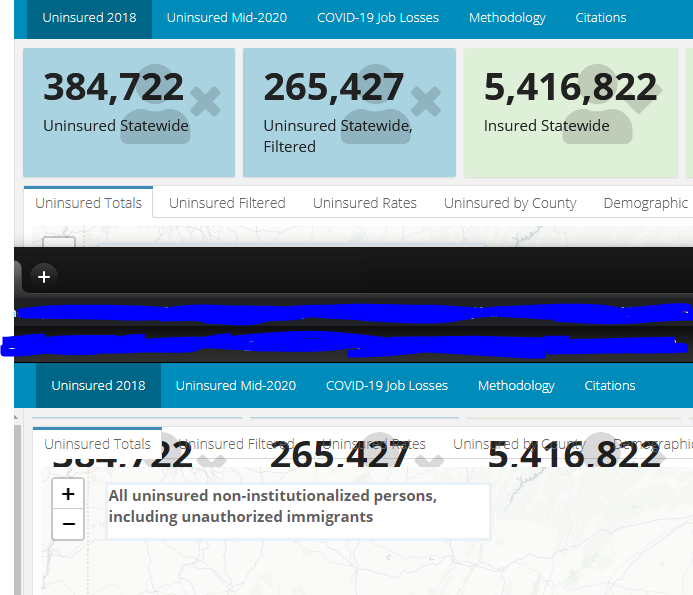
- #MOVIE EXPLORER SHINNY CODE IN R HOW TO#
- #MOVIE EXPLORER SHINNY CODE IN R PRO#
- #MOVIE EXPLORER SHINNY CODE IN R CODE#
Wow, you’re going to make an impression the next time you’re tasked with presenting a report.
#MOVIE EXPLORER SHINNY CODE IN R CODE#
We can see it’s a decorated version of ggplot code that connects the slider widget to the reactive plot. Here’s a snapshot of the code that powers this section of the report. Using shiny requires a bit of reactive programming experience (I teach predictive shiny dashboards and expert shiny with AWS as part of my 5-Course R-Track Program). Using Shiny in Your ReportĪn interactive report that encourages engagement. This has a BIG ADVANTAGE – We can use Shiny in our Report. When we click “Run Document”, a shiny server will run the document instead of a static HTML page is generated. We just simply need to add runtime: shiny to the Rmarkdown Header (YAML).

Shiny can be added to Rmarkdown’s HTML report. This gives us advanced control over our analytics. Shiny uses a rendering engine (called shiny server) to power the widgets. This is a shiny widget in an R-Markdown Report. How Shiny in Rmarkdown WorksĬombining Rmarkdown reports with Interactive Shiny Widgets It consolidates the most important R packages (ones I use every day) into 1 cheatsheet.
#MOVIE EXPLORER SHINNY CODE IN R PRO#
PRO TIP: I’ve streamlined the “Shinyverse” ecosystem on of my Ultimate R Cheatsheet.Īs you follow along, you can use my Ultimate R Cheatsheet. We use Shiny to make our R Markdown Report interactive. ShinyĪn R web framework with a HUGE ECOSYSTEM of interactive widgets, themes, and customizable user interfaces called the “ Shinyverse”.

We can quickly convert our analysis to a business report by combining data, text, code, and visualizations. In this weekly R-Tip, we’re making a “ Customer Churn Report” that uses both Rmarkdown (R Report Generator) and Shiny (Interactive Web Framework) to SPICE UP our business reports.Ī great tool for business reporting. For this type of application, you can define your user interface directly in HTML. While this is a fast and convenient way to build user interfaces, some applications will inevitably require more flexiblity. DataExplorer to create a Correlation Heatmap & Plotly to. This application uses: Shiny Inputs to change the connection to the dataset (3 Options Available: StackOverflow, Car Prices, Sacramento Housing). (Click image to play tutorial) Powering Rmarkdown Reports with Shiny Many Shiny apps use a UI object file to build their user interfaces. In this R-Tip, you create an AWESOME Correlation Plot Heatmap that can be used for fast Exploratory Data Analysis (EDA).
#MOVIE EXPLORER SHINNY CODE IN R HOW TO#
I embedded the websites of the Shiny app (if they are served over a secure HTTPS connection) so you can play around with them straight from here: simply move your cursor inside the app frame and scroll -vertically, but also horizontally- to see more of the app.This article is part of a R-Tips Weekly, a weekly video tutorial that shows you step-by-step how to do common R coding tasks. Here are some examples linked to marine science that are worth playing around with. The Shiny website has also a big gallery of apps you can explore. I’ve even started to set up my own Shiny Server using DigitalOcean (see my recent post on that: Run shiny server on your own DigitalOcean droplet): Shiny apps can be very helpful to make statistical concepts and theories more accessible and I started to use it more and more in my stats courses at the university.

Since you need to run R in the background you can either launch a Shiny app directly in your R Studio IDE or host it on a website that is connected to a Shiny server (e.g. R Studio hosts the cloud service where you can deploy your app).

You can easily extend your Shiny apps with CSS themes, htmlwidgets, and JavaScript actions. The output of theses computations can be then shown as output in the UI. Instead of exploring and analyzing data, we explore the idea of creating a Shiny application using the Vue.js frontend framework. You just need to write an R script that follows a specific Shiny syntax and once you run the script, the package builds a HTML file as user interface (UI) with interactive input elements (based on Javascript) that trigger certain computations in R. In this work we take different perspective in creating a Shiny app than seen in most Shiny apps. īut in a nutshell, Shiny is an R package that builds interactive web apps straight from R. If you are an R user but don’t know yet what Shiny and Shiny apps are, you definitely should read up on it on.


 0 kommentar(er)
0 kommentar(er)
